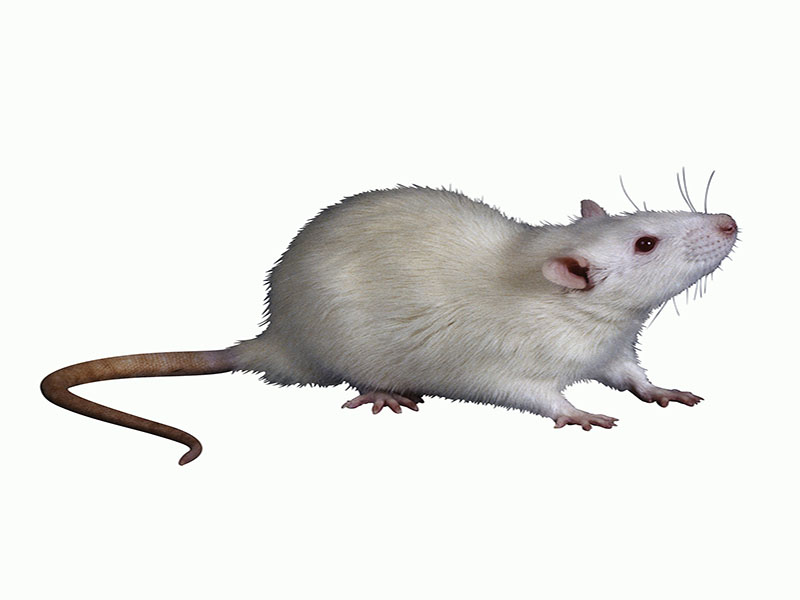
British scientists report that they’ve created a kind of artificial mouse embryo using stem cells, which can be coaxed to create various parts of the body.
Researchers from the University of Cambridge explained that in regular reproduction, when a mammal’s egg has been fertilized by a sperm, it starts dividing to create a cluster of stem cells.
The stem cells then start dividing into different areas of development: Embryonic stem cells start clustering to form the future body; then two other types of stem cells form the placenta (called extra-embryonic trophoblast stem cells) and the yolk sac.
This stage of development is called the blastocyst. Previous laboratory attempts to create embryos haven’t gone beyond the blastocyst stage, according to the researchers.
In the new study, the scientists used genetically modified mouse embryonic stem cells, extra-embryonic trophoblast stem cells and what they called three-dimensional scaffolding to create the artificial embryo.
“Both the embryonic and extra-embryonic cells start to talk to each other and become organized into a structure that looks like and behaves like an embryo,” said study leader and professor Magdalena Zernicka-Goetz.
“It has anatomically correct regions that develop in the right place and at the right time,” she said in a university news release.
She added that the stem cells in the lab-created embryo worked with each other.
“We knew that interactions between the different types of stem cell are important for development, but the striking thing that our new work illustrates is that this is a real partnership — these cells truly guide each other,” Zernicka-Goetz said.
“Without this partnership, the correct development of shape and form and the timely activity of key biological mechanisms doesn’t take place properly,” she explained.
The researchers acknowledged that the artificial embryo isn’t likely to become a fetus or a living mouse.
However, researchers say the findings could help pave the way toward better understanding of human embryo development. Many human pregnancies fail to develop past this point, the researchers said, though it’s noted research with animal models often fails to produce similar results with humans.
The study was published March 2 in Science.
More information
The American College of Obstetricians and Gynecologists has information about stages of fetal development.
Source: HealthDay

Leave a Reply